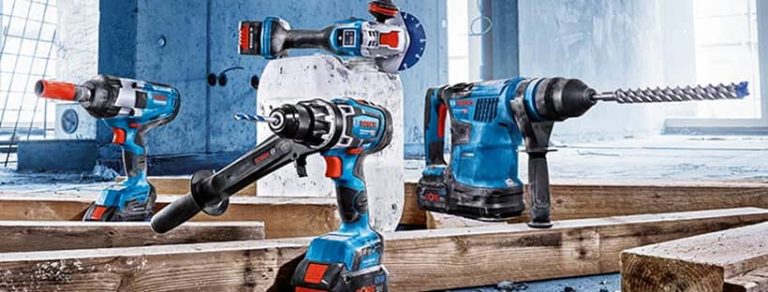Scaffolding Essentials: Enhancing Safety and Efficiency in Construction
Scaffolding is a temporary framework that supports construction workers and materials, enabling safe access to heights and improving job site efficiency. This article discusses the various types of scaffolding, their benefits, and their relationship with geotextiles.

What types of scaffolding are available?
Common scaffolding types include supported, suspended, and rolling scaffolding, each tailored to address specific project needs based on height and accessibility.
What benefits does scaffolding offer?
Scaffolding enhances safety by providing stable work platforms that minimize fall risks and streamline workflow. It facilitates the efficient movement of materials and tools, which can significantly shorten project timelines.
How do geotextiles relate to scaffolding?
Geotextiles work in tandem with scaffolding to improve site stability and drainage. They prevent soil erosion and provide a reliable base for scaffolding setups, especially on uneven or soft ground.
What safety protocols should be followed when using scaffolding?
Key safety protocols include ensuring proper installation, conducting routine inspections, adhering to load limits, and equipping workers with appropriate safety gear. Training is essential for all personnel to minimize risks.
In conclusion, scaffolding is a vital part of construction, enhancing safety and efficiency. By recognizing its types, advantages, and the relevance of geotextiles, project managers can optimize their operations while ensuring safety.


